Education is the most fundamental element of allyship and liberation. We all have a lot to learn.
Useful articles and books
Odanak First Nation denounces Vt. state-recognized tribes as 'Pretendian'
For the past 20 years, Odanak (Abenaki) First Nation has denounced ethnic frauds posing as Abenaki in the US. In 2005 those groups were rejected from Federal Recognition due to lack of ancestry, and in 2010-2012 they were recognized by the State of Vermont as tribes.
“Indigenous peoples defend Earth’s biodiversity – but they’re in trouble.”
This National Geographic article discusses the world’s biodiversity, and why Indigenous peoples have proven to be the best guardians of their traditional territories.
“Native Land, Native Leadership: Restructuring the Climate Movement”
Mali Obomsawin (Odanak Abenaki First Nation) writes for Smithsonian Folklife Magazine on the intrinsic connection between racial and environmental justice, and the need for allies to support Black and Indigenous leadership of the climate movement.
Sunlight Media Collective
An organization of indigenous and non-indigenous media makers and activists, including Wabanaki tribal members, working to document and present stories affecting Wabanaki people and highlighting Wabanaki perspectives, with a particular emphasis on the intersection between environmental issues and tribal rights.
Speaking of Indigenous Politics
J. Kehaulani Kauanui (Kanaka Maoli) interviews dozens of Indigenous activists, scholars, and tribal leaders who discuss current issues in Indian country. Among the numerous topics engagingly presented are land desecration, treaty rights, political status, and cultural revitalization.
“Return the National Parks to the Tribes”
David Treuer writes for The Atlantic, “the jewels of America’s landscape should belong to America’s original people,” and discusses the history of native land dispossession that created the national parks system.
“Perspectives: Healing, Restoration, and Rematriation”
Steven Newcomb (Shawnee/Lenape) identifies rematriation as a traditional practice that restores and heals people and place.
“#LandBack is Climate Justice”
The Lakota People’s Law Project is definitely an outlet and activist group to follow. In this article, they explain the #LandBack Movement, and discuss the several successful land transferances to Indigenous nations occurring over the last few years. Furthermore, they emphasize the importance of land return to the climate and racial justice movement.
Sunlight Media Collective
One of the best resources for current Wabanaki events, Sunlight Media Collective is an organization of indigenous and non-indigenous media makers and activists, including Wabanaki tribal members, working to document and present stories affecting Wabanaki people and highlighting Wabanaki perspectives, with a particular emphasis on the intersection between environmental issues and tribal rights.
A culturally significant island called Kuwesuwi Monihq is returned to the Passamaquoddy Tribe with ally assistance from Maine Conservation Organizations. Sunlight Media Collective documents the successful process.
Recent Land Back News
Maine, Penobscot Nation
The Elliotsville Foundation returned 735 acres of Penobscot land west of the sacred Pleasant River to the Penobscot Nation.
October, 2020.
Dam Removal, Yurok and Karuk Nations.
Oregon and California governors announced a new deal with dam owner PacifiCorp and the tribes, reviving plans for the largest river restoration in U.S. history
November, 2020.
Oklahoma, Muscogee Creek Nation
The Supreme Court ruled that 3 million acres of land, nearly half of Oklahoma, is still Native land.
July 2020.
California, Esselen Tribe
The Esselen tribe was able to reclaim a 1,200-acre ranch near Big Sur on California’s north central coast.
July 2020.
California, Wiyot Tribe
The northern Californian city of Eureka returned stewardship of the 280-acre Duluwat Island to the Wiyot tribe.
2019.
Ohio, Wyandotte Nation
United Methodist Church in Upper Sandusky, Ohio returned a mission church and parts of the Old Mission cemetery to the Wyandotte Nation.
2019.
South Dakota, Rosebud Sioux Tribe
The Jesuit-run St. Francis Mission returned 525 acres to the Rosebud Sioux Tribe. This land had been given to the mission by the federal government in the 1880s, and which they had held ever since.
2017.
Native Land Conservancy, Mashpee Wampanoag
The first piece of land returned to the Mashpee tribe was a 1.4 acre donation from an individual. From this spark, their conservancy was born.
2012.



